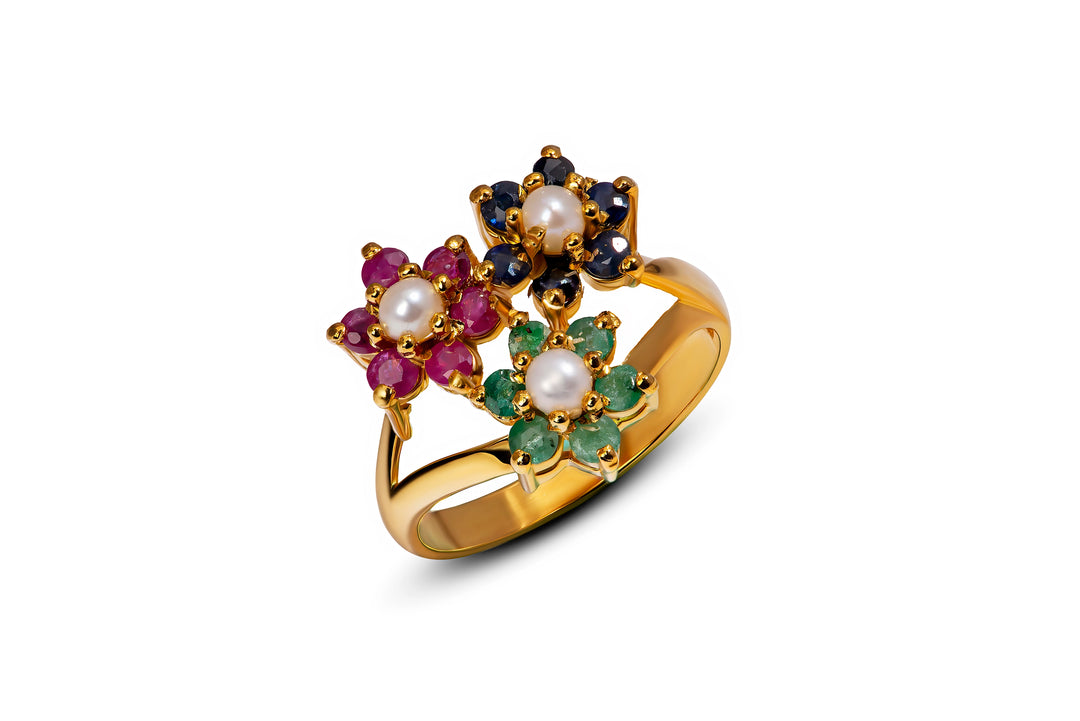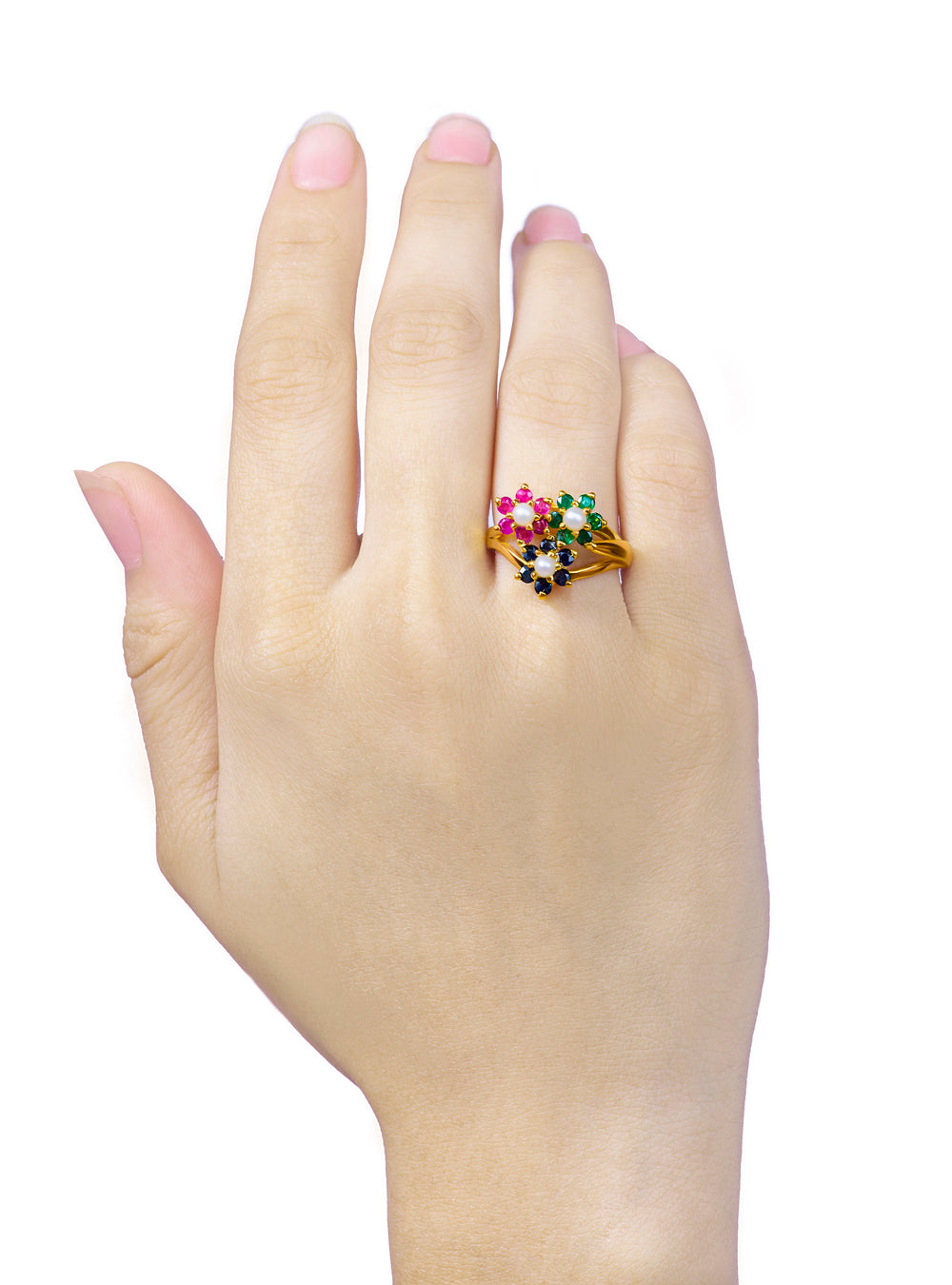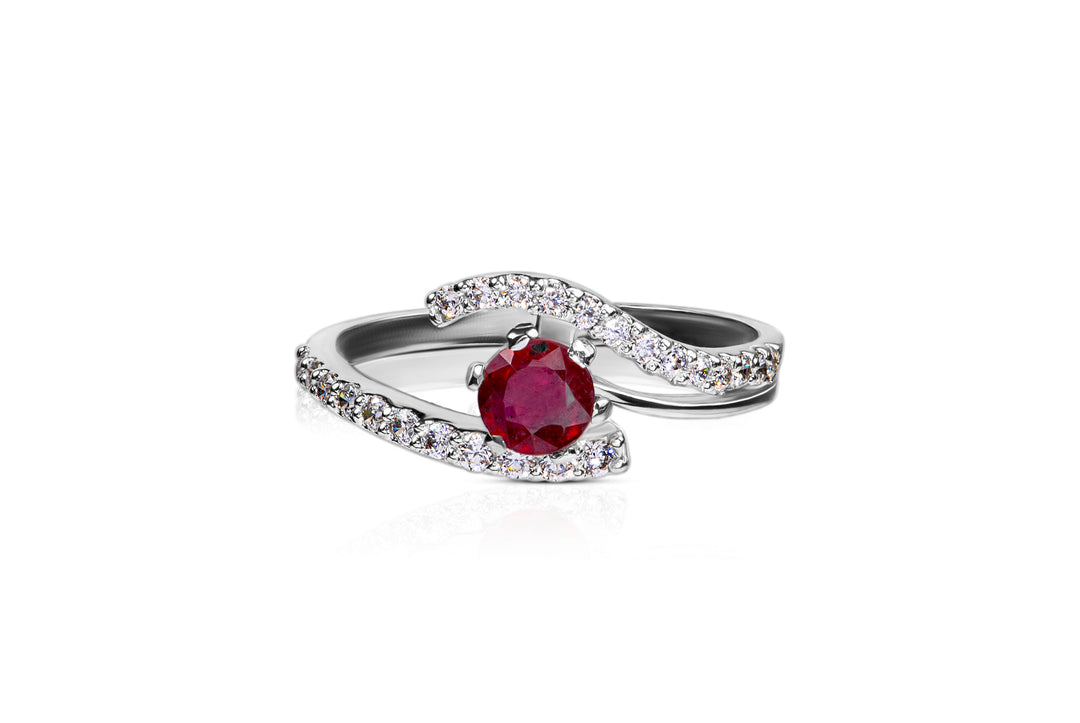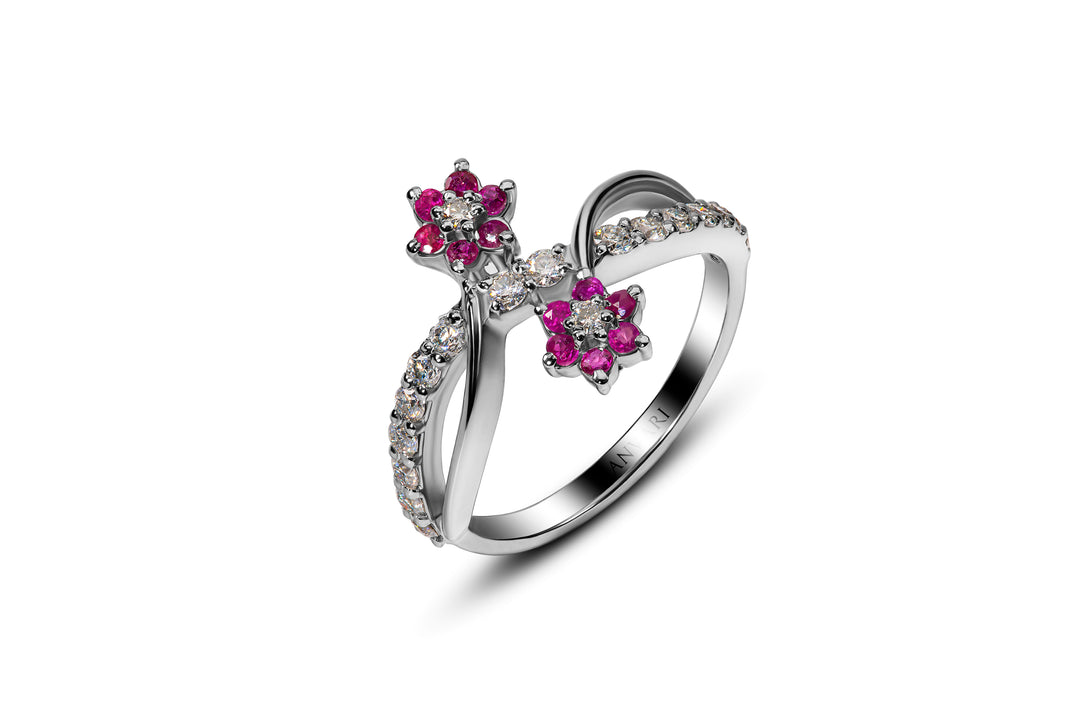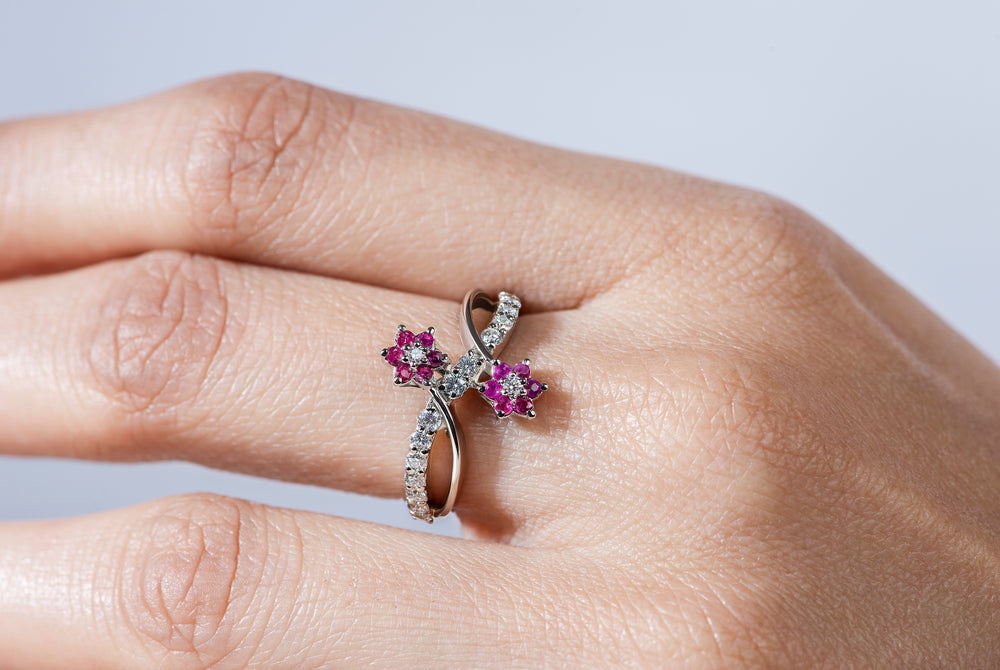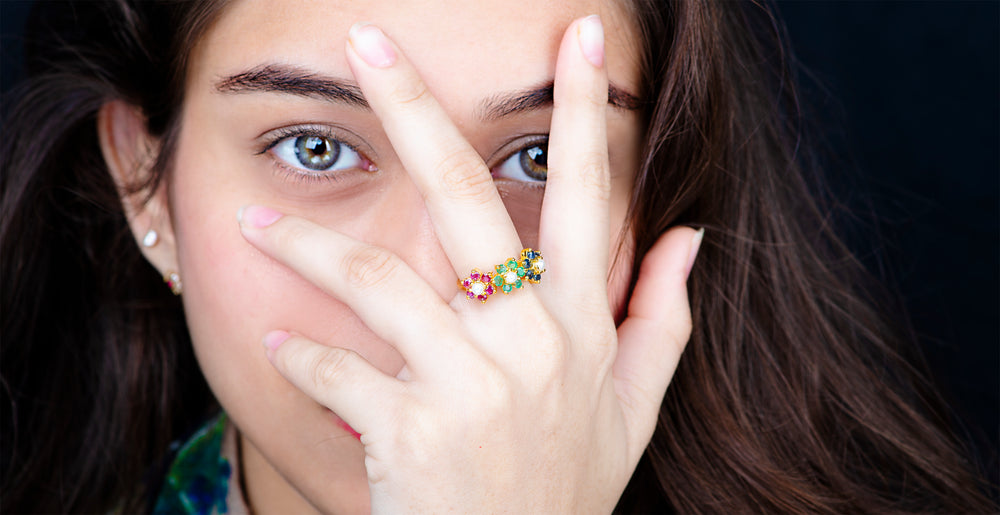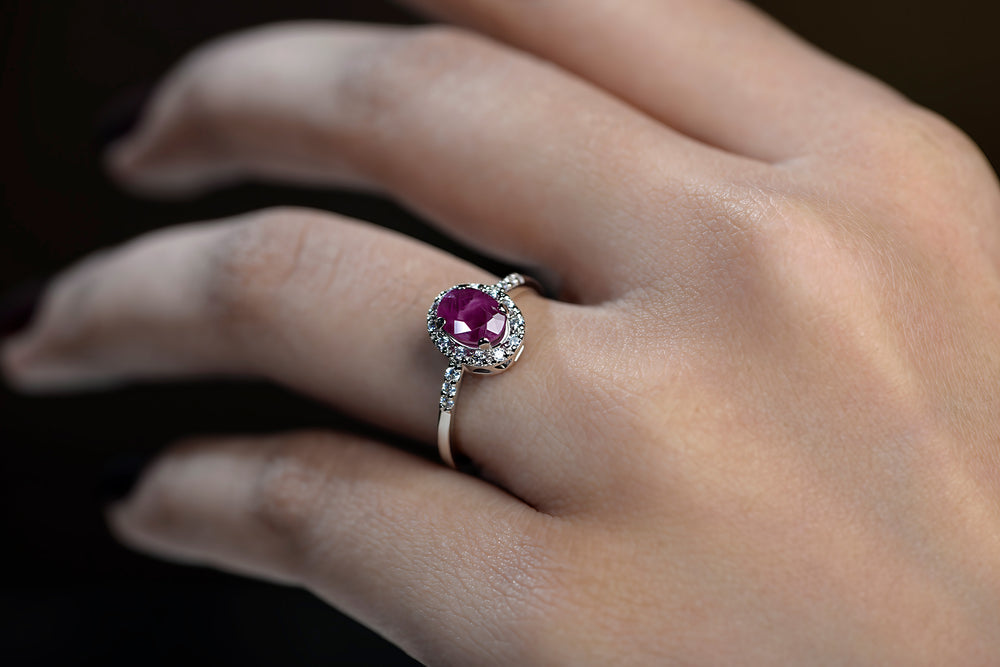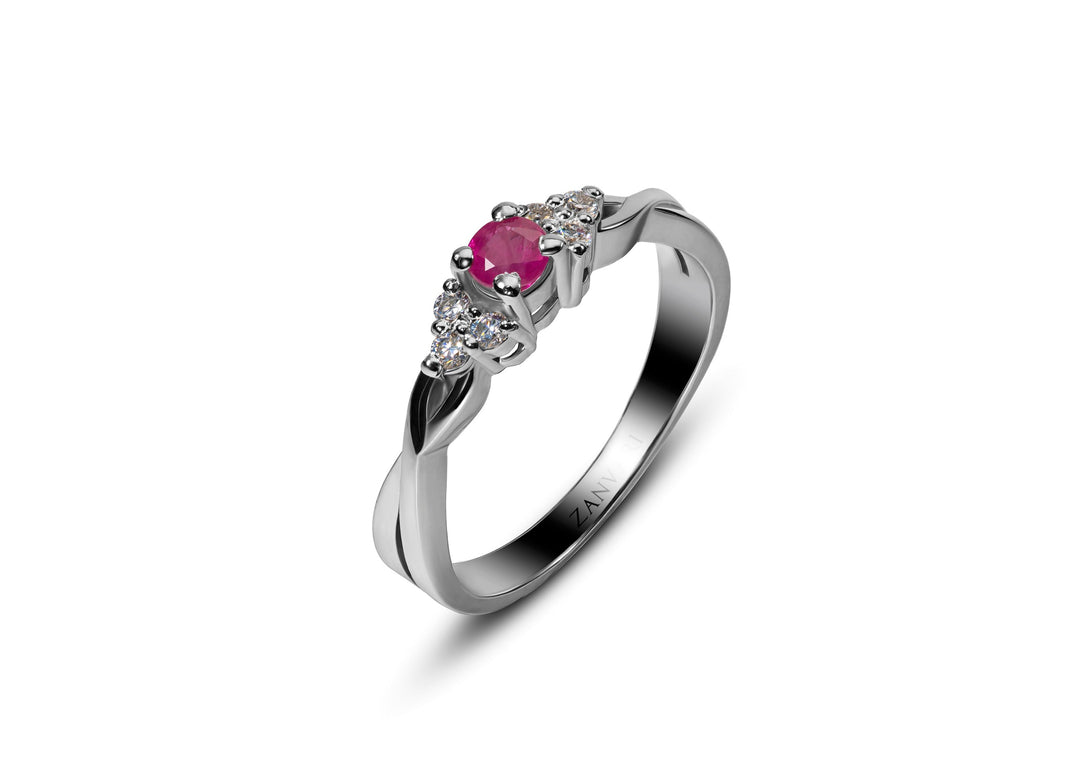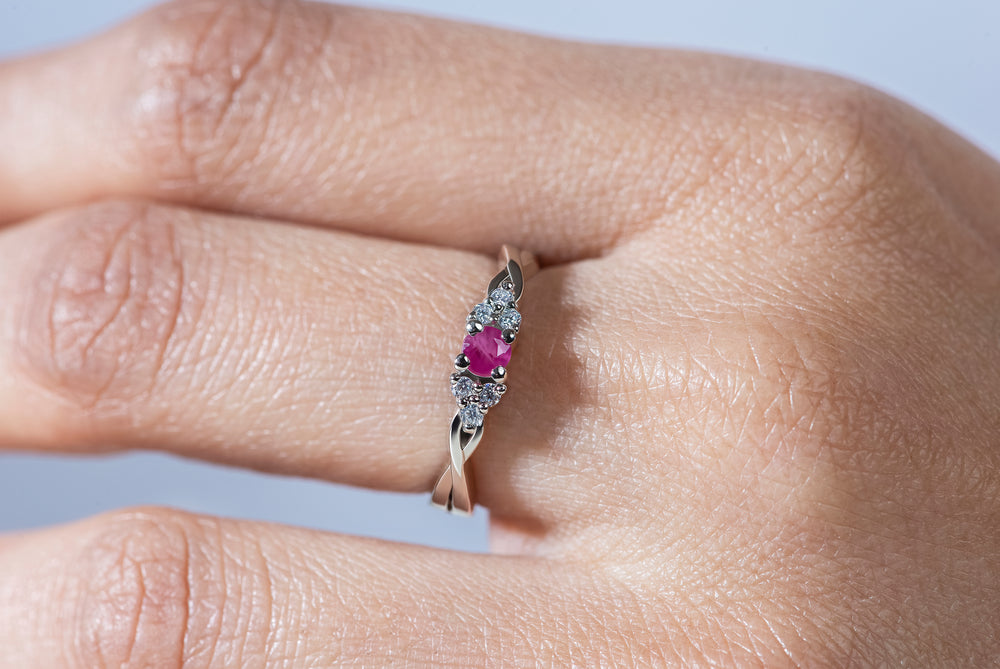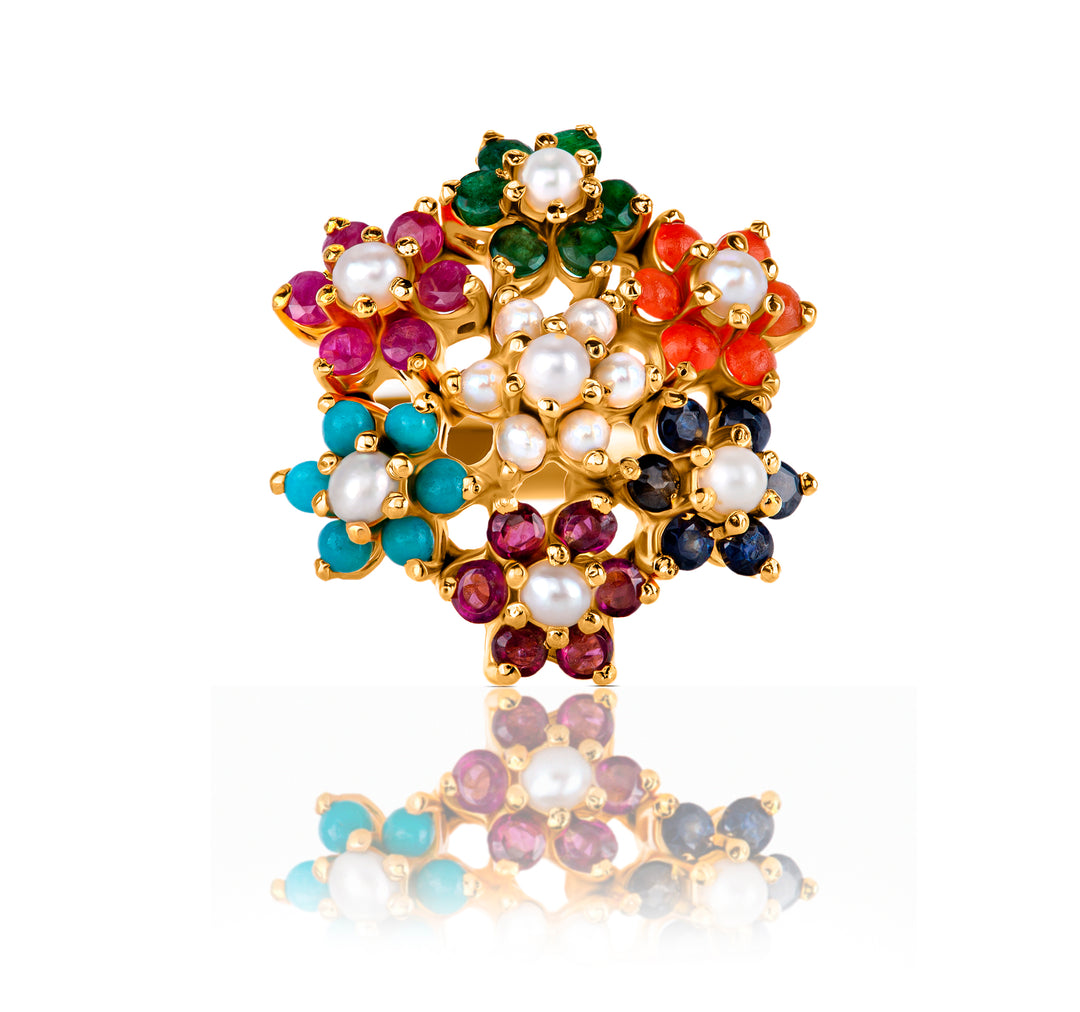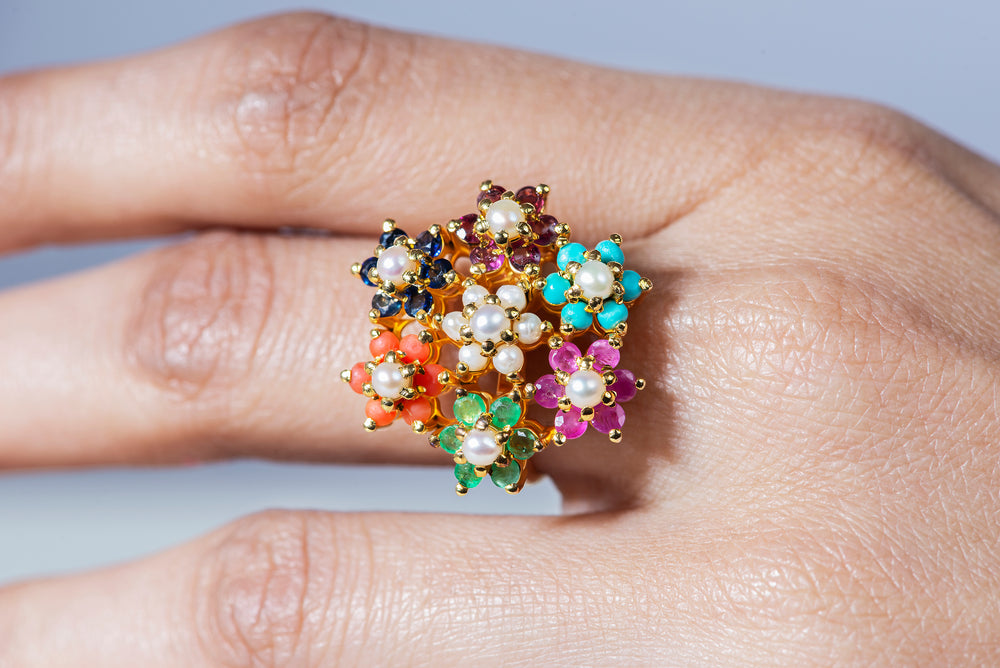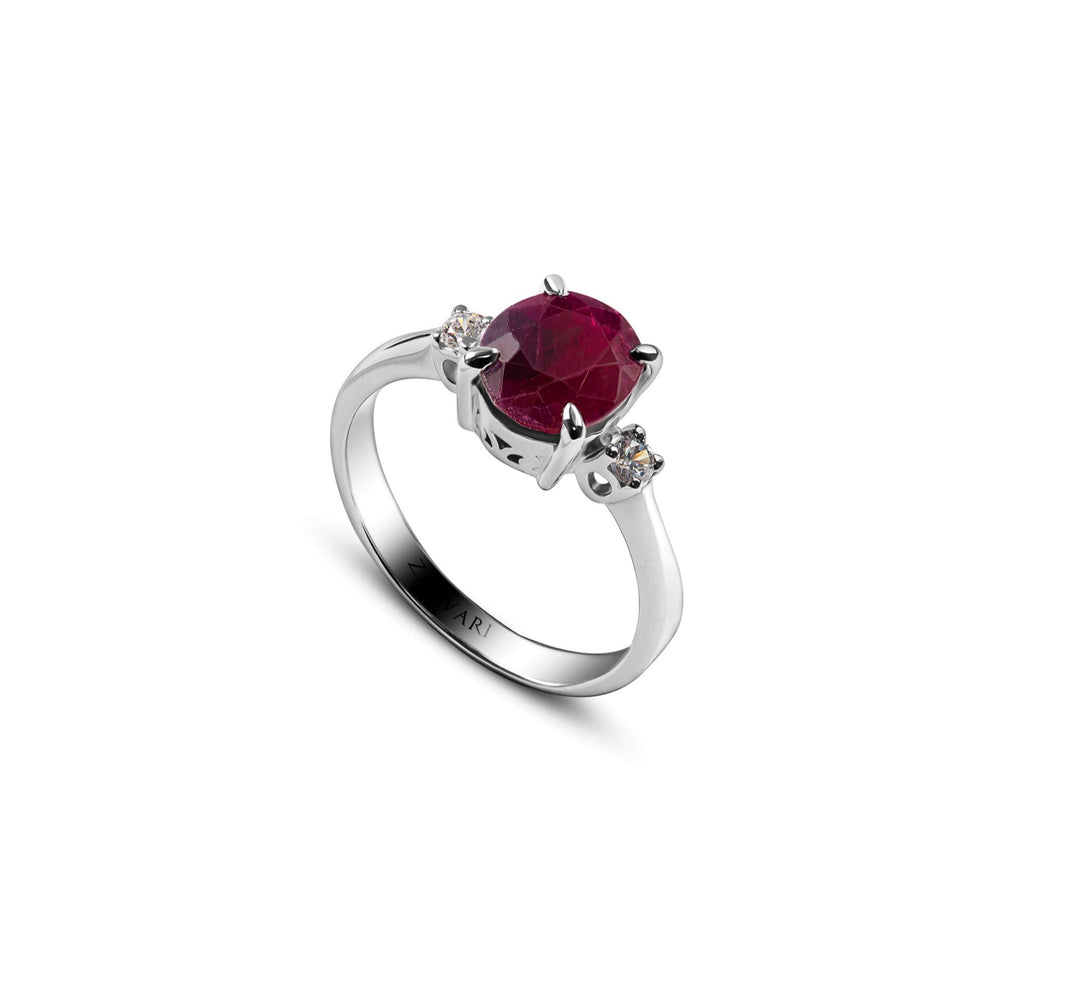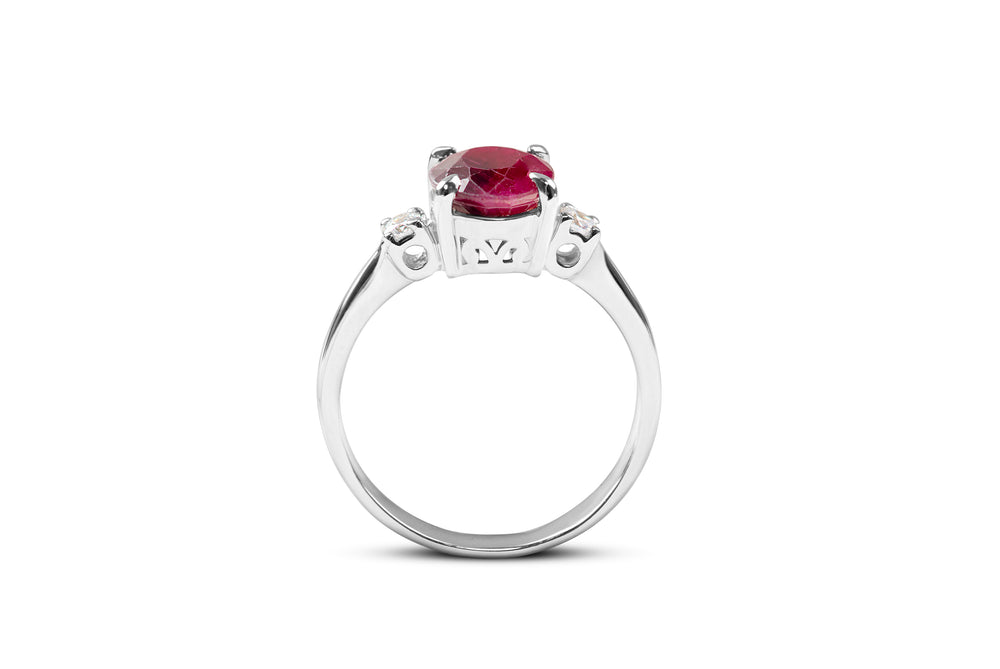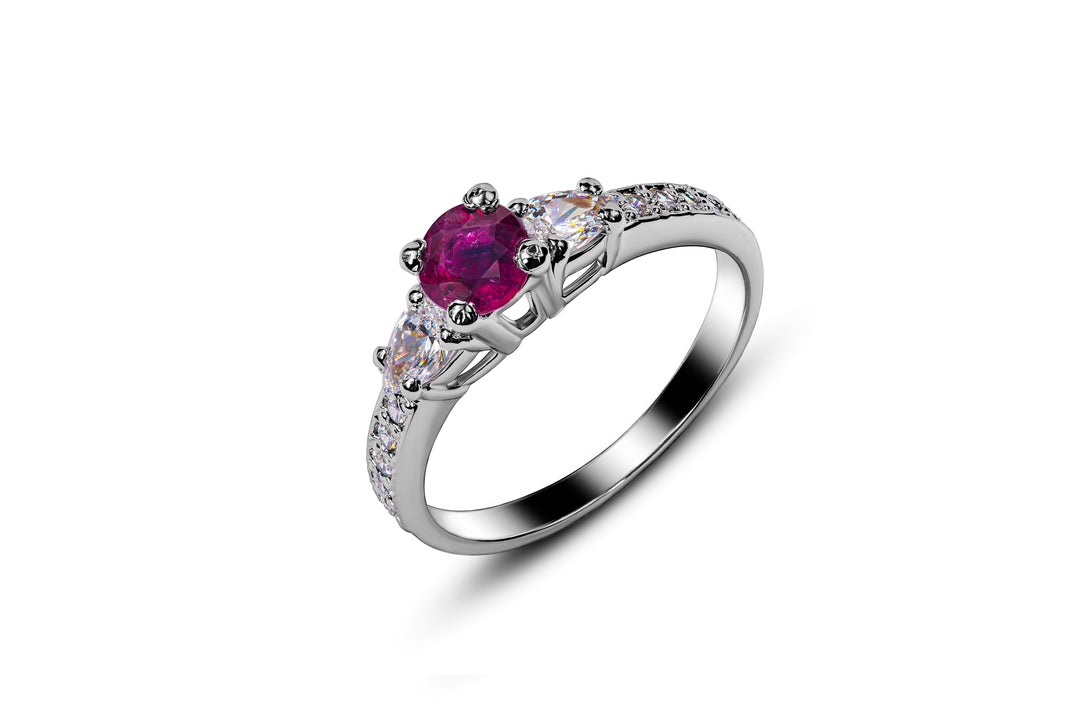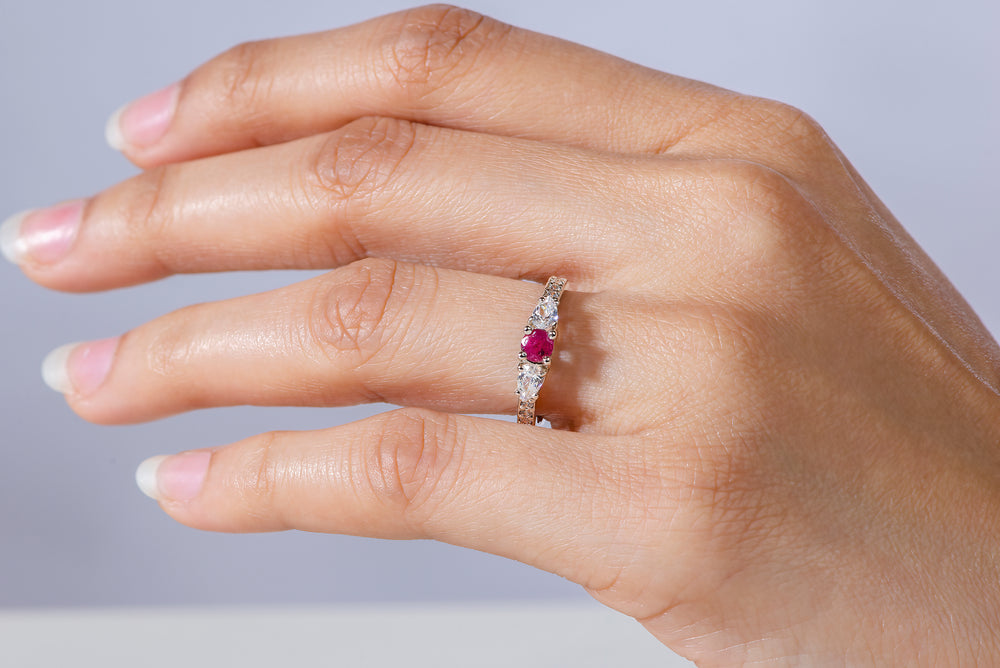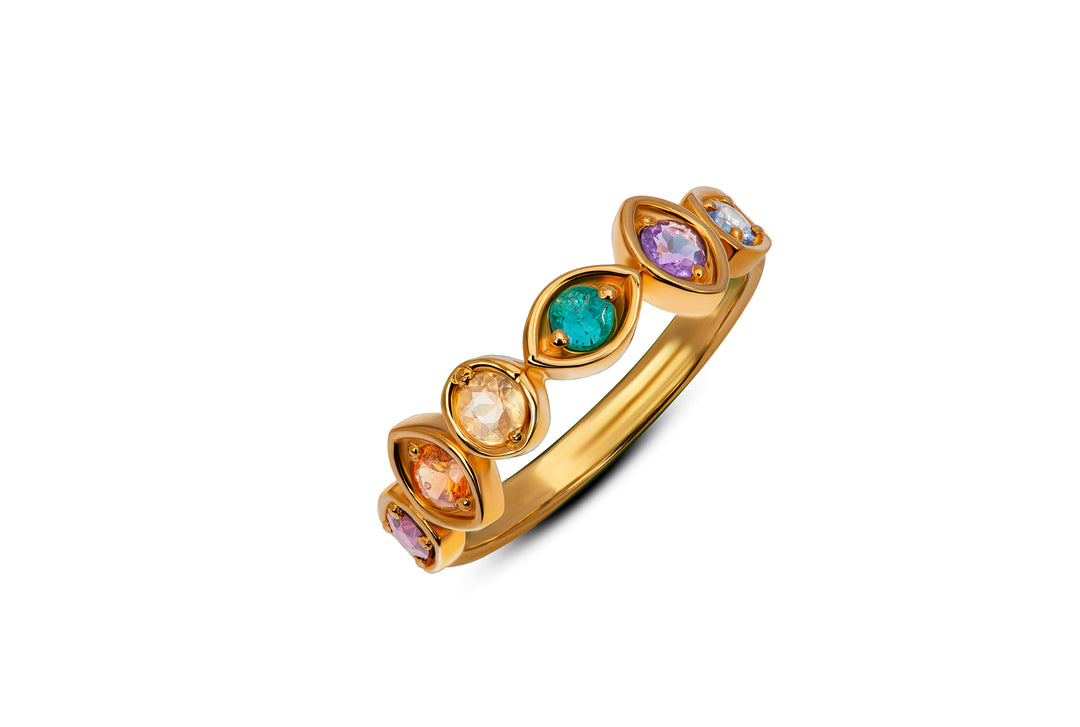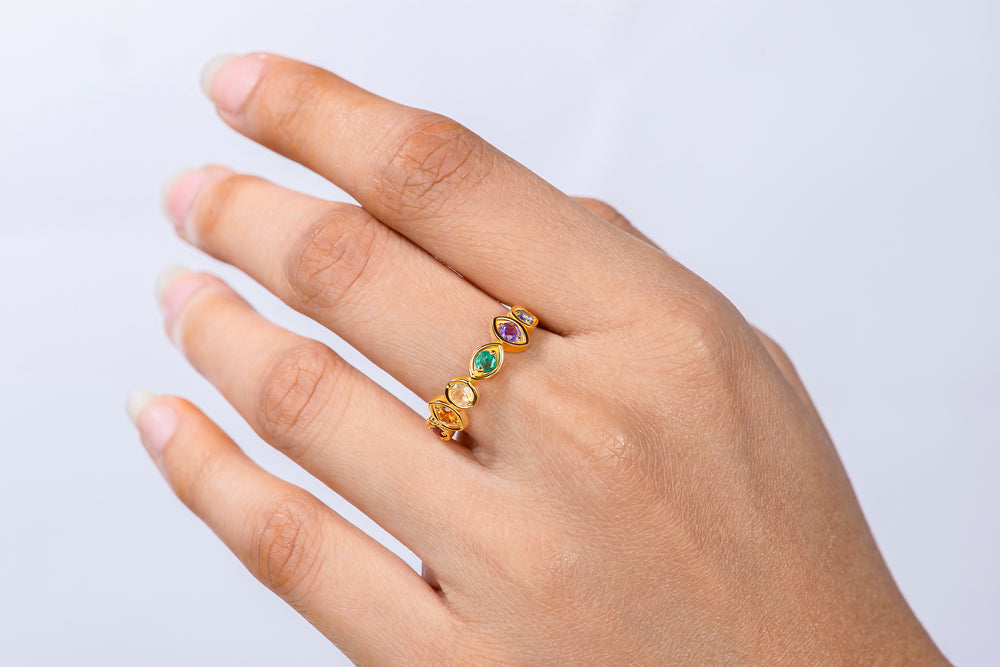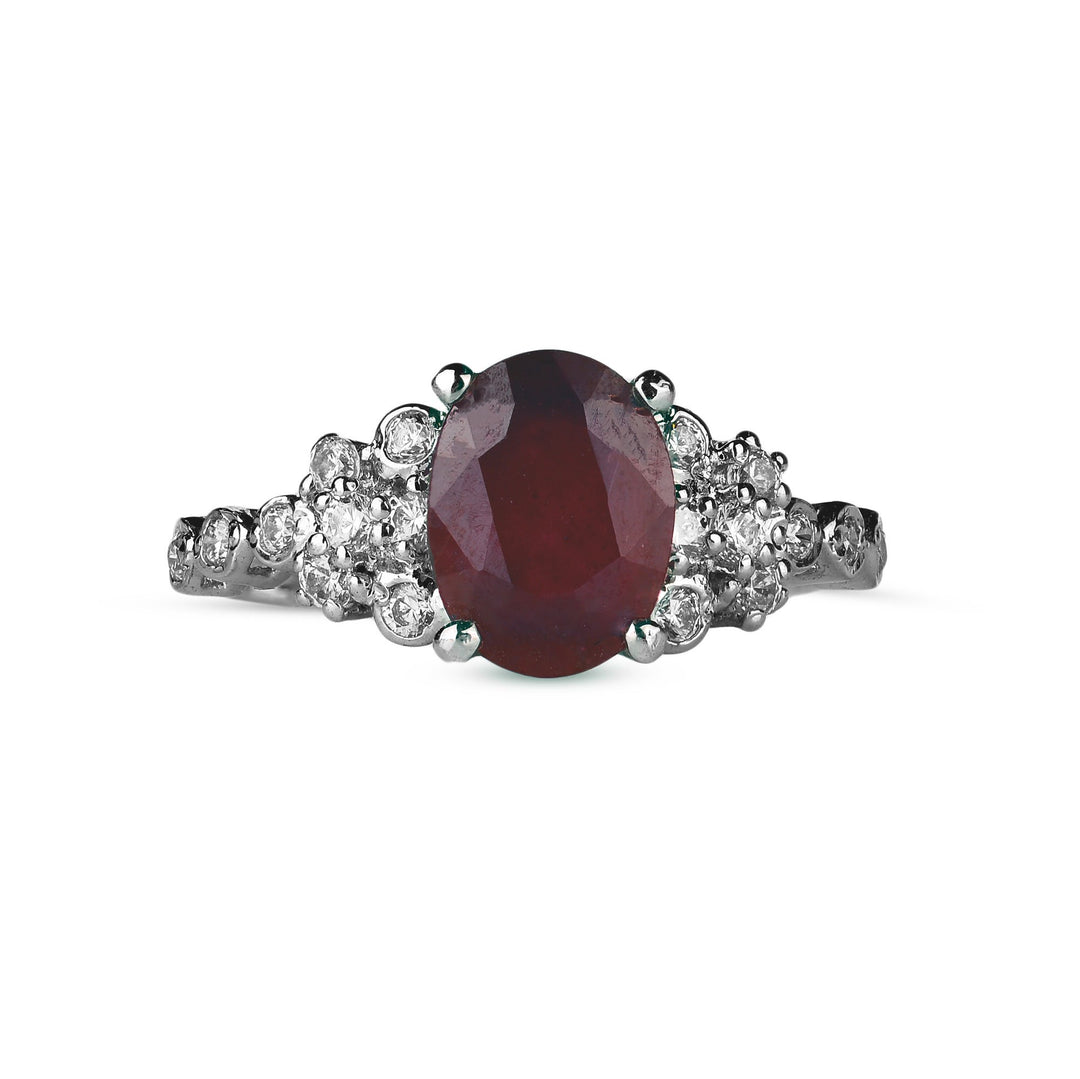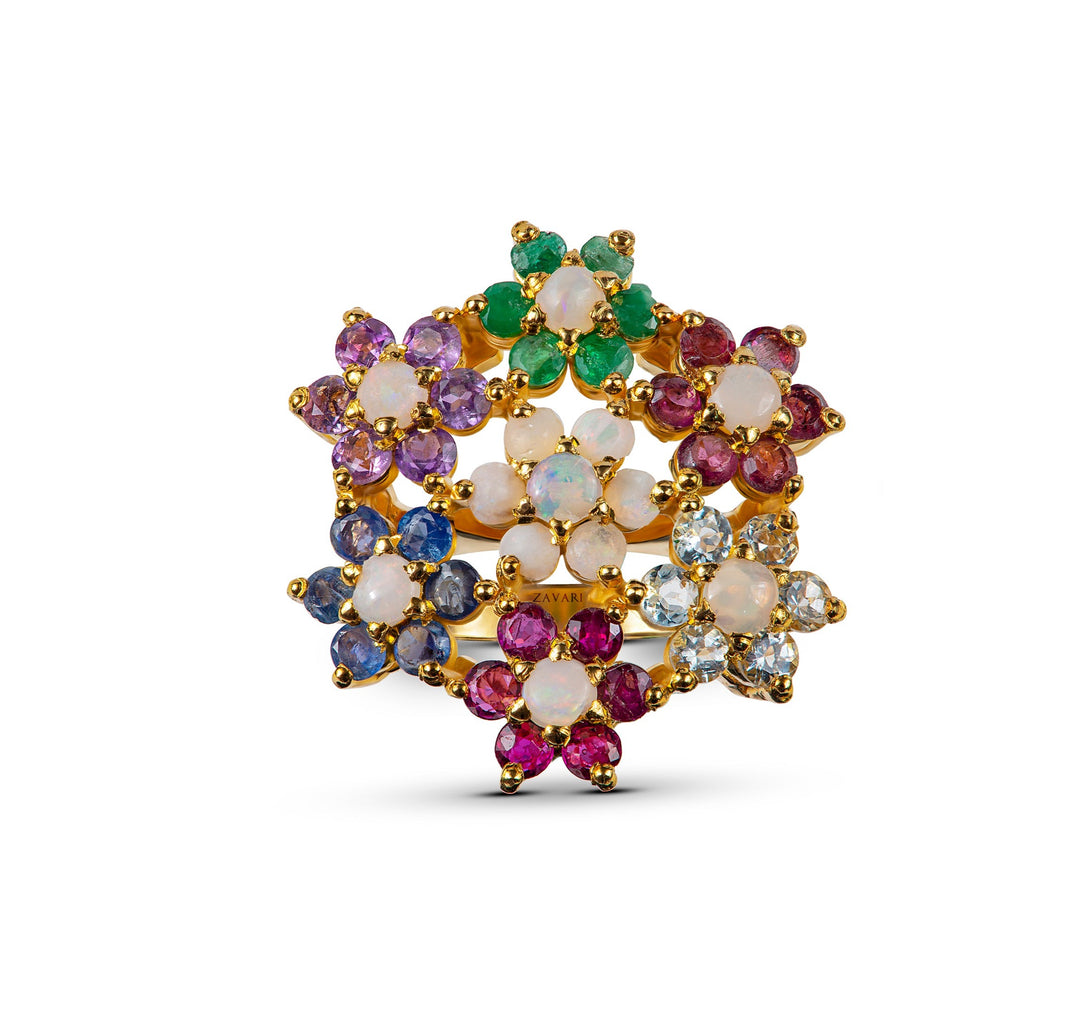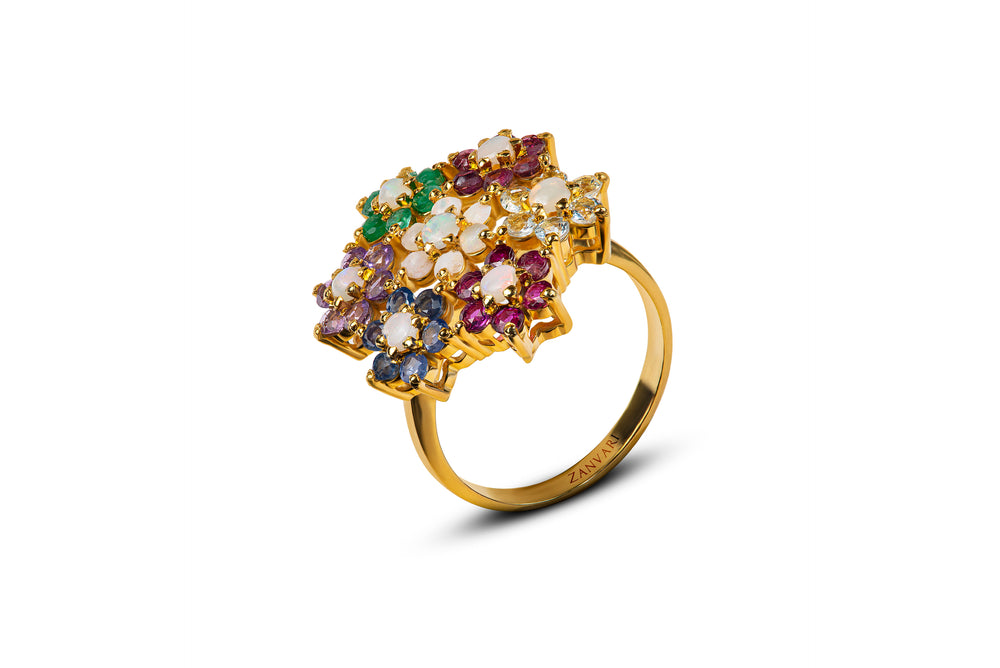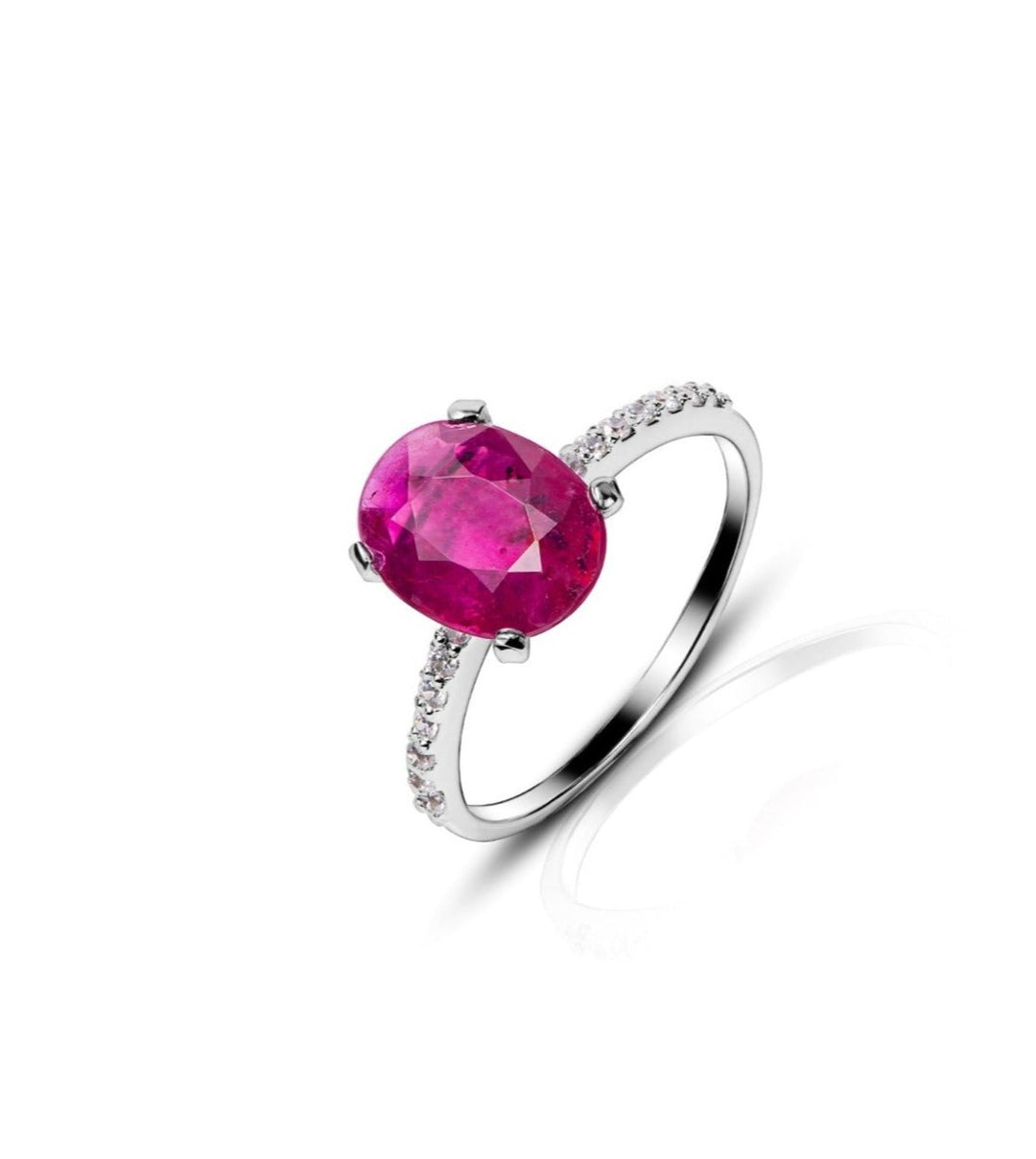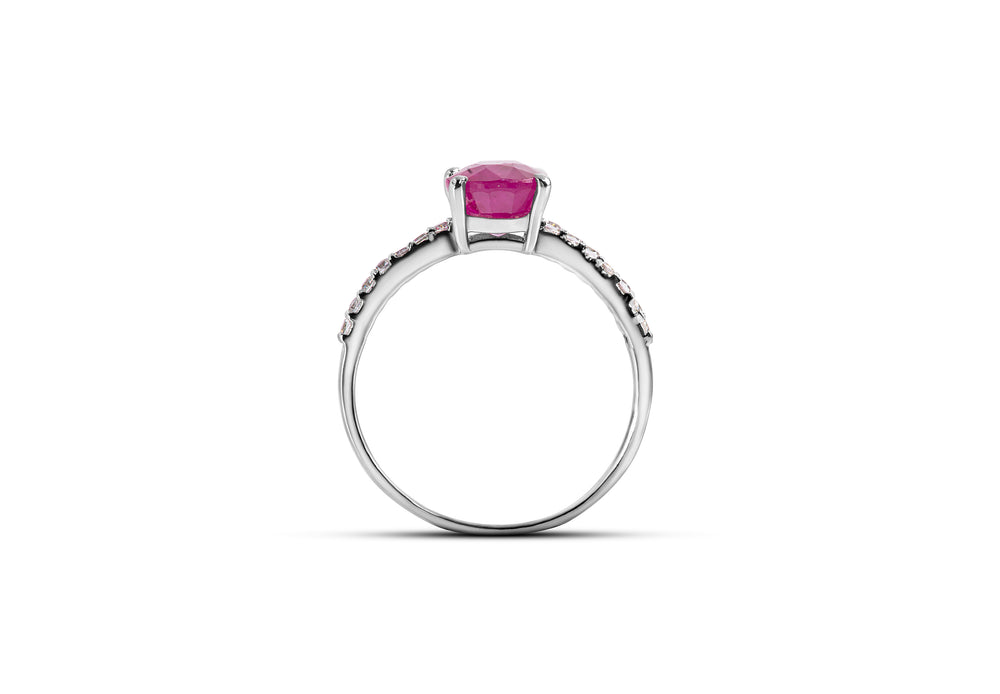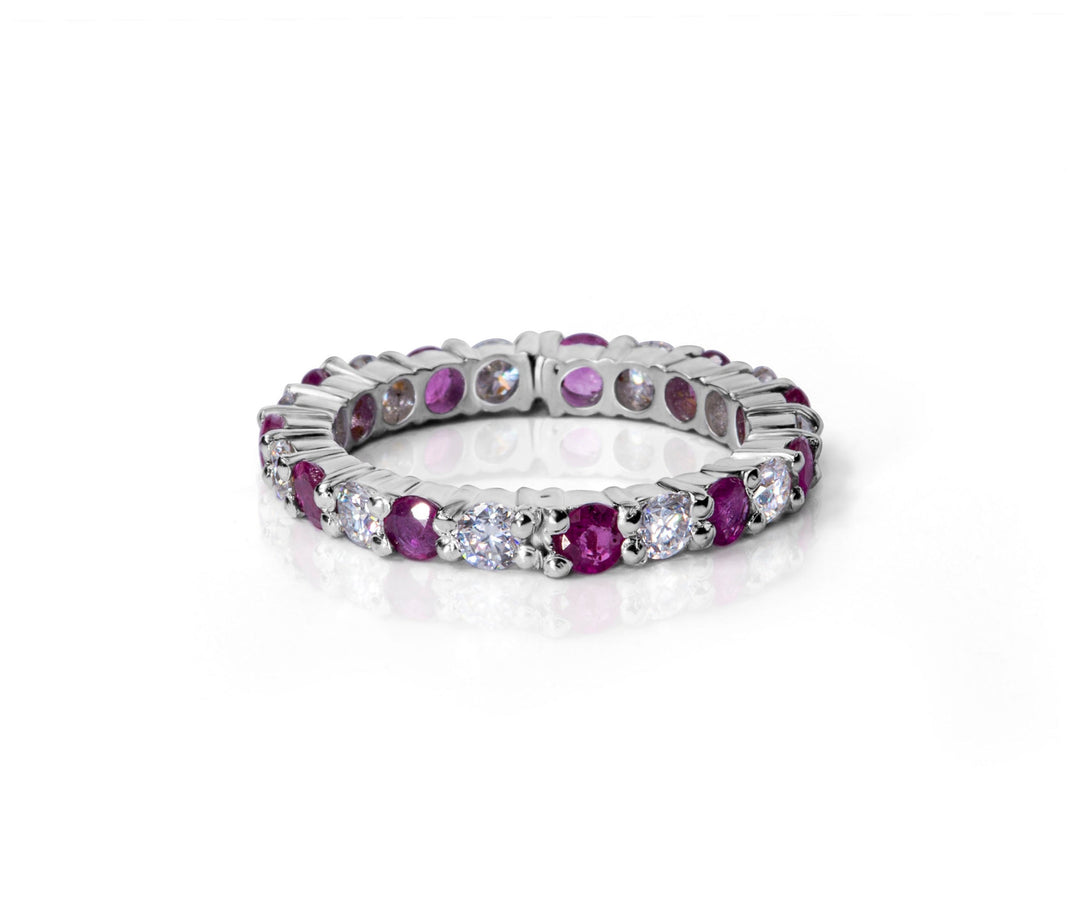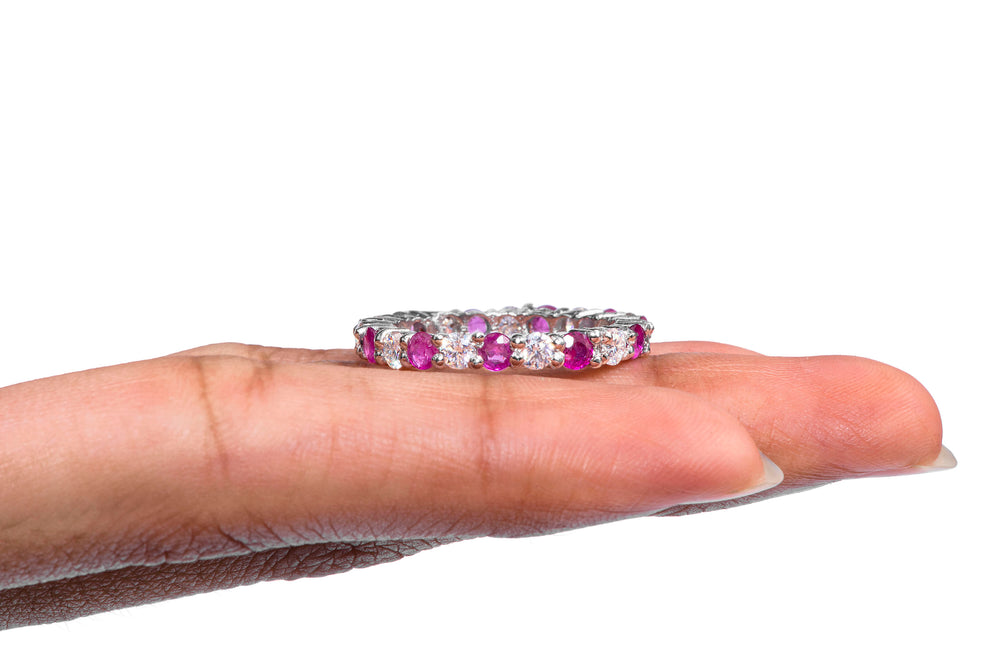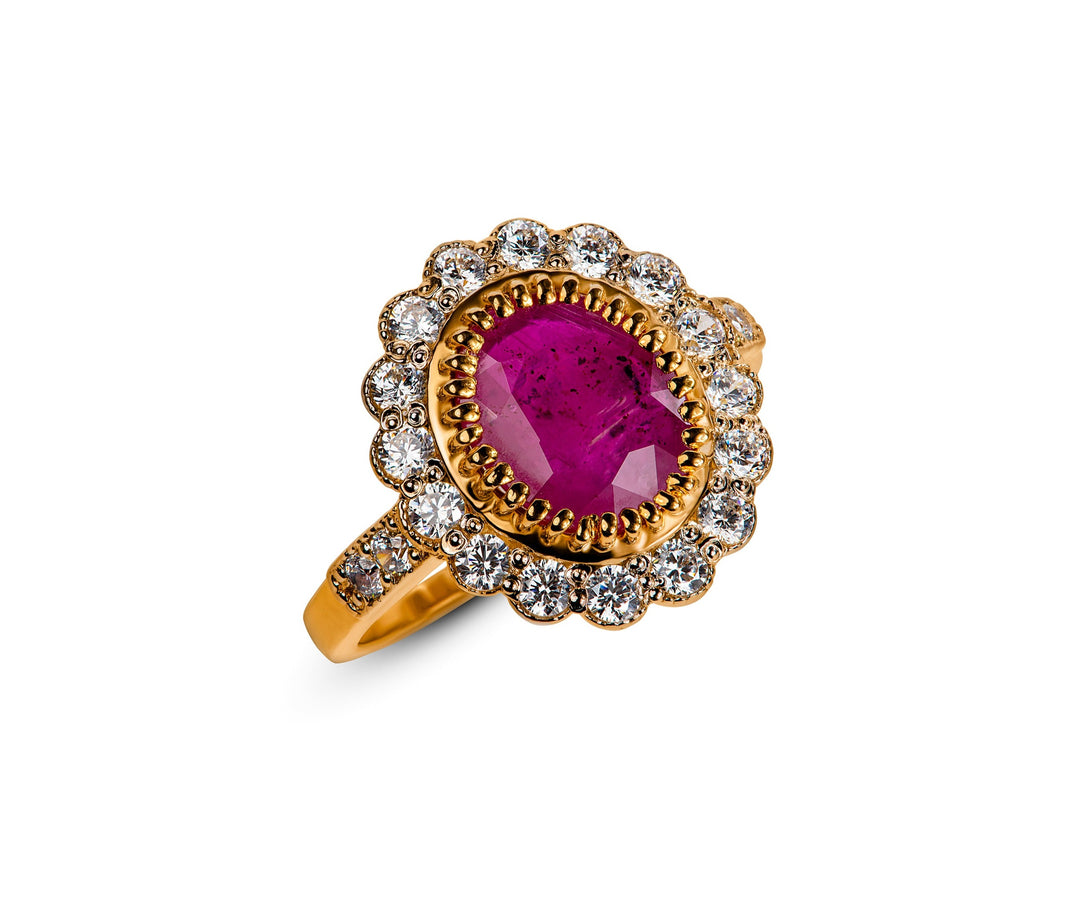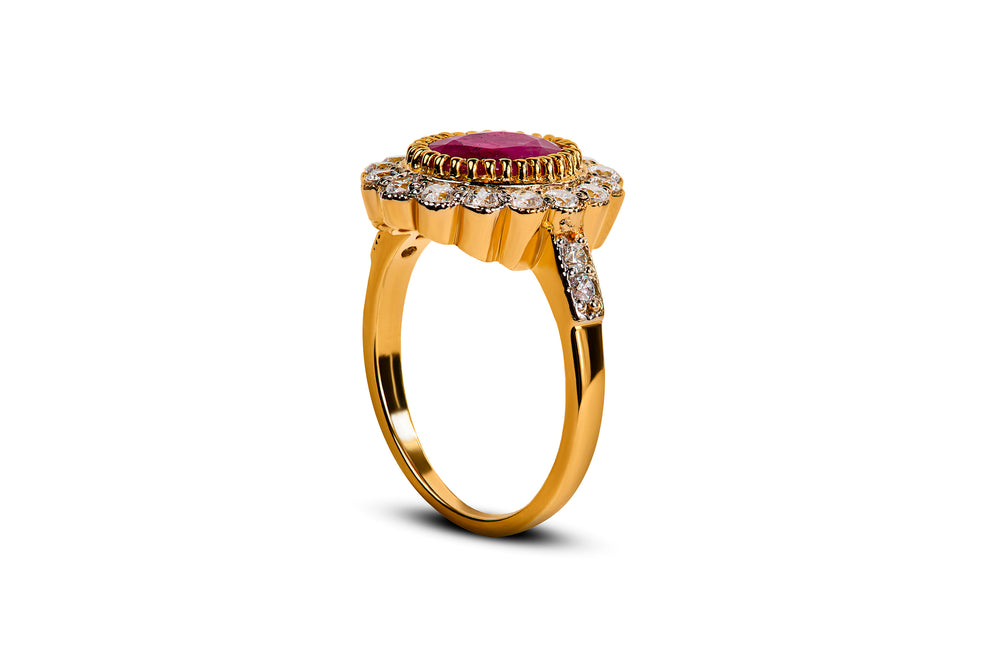Qalb-e-Yaqoot
Rubies, with their fiery hues, are among the most coveted gemstones in the world. However, part of their allure lies not just in their vibrant color but in the natural variations that each stone carries.
The Spectrum of Color
The most defining feature of a ruby is its color. Ruby stones can vary from a deep, dark red to a more vibrant, almost pink hue.
Inclusions/Internal Factor
Clarity is another critical factor in a ruby's appearance and value. Like diamonds, rubies can have inclusions, which are internal imperfections. However, in rubies, small inclusions are acceptable and can even be desirable if they create a silkiness that enhances the stone's glow, a phenomenon known as "asterism."
The allure of rubies lies in their diversity, with each stone bearing its unique fingerprint of color, clarity, origin, and history. This variation not only makes rubies fascinating to gem enthusiasts but also contributes to the rich tapestry of stories and legends surrounding these precious stones.
Blemish/External Factor
A blemish on a ruby refers to any surface imperfection or flaw that can affect the stone's appearance and, consequently, its value.
These blemishes can range from scratches and nicks to pits and natural rough patches on the exterior of the gemstone.
Unlike inclusions, which are internal characteristics, blemishes are external and can sometimes be minimized or removed by repolishing the stone. However, excessive polishing to remove blemishes can also reduce the ruby's weight and potentially alter its shape and proportions.
The presence of blemishes is a natural aspect of gemstones, reminding us of their journey from the earth to our hands. While a flawless ruby is highly prized for its rarity and beauty, minor blemishes do not significantly detract from a ruby's overall appeal, especially if the stone exhibits vibrant color and good clarity.








